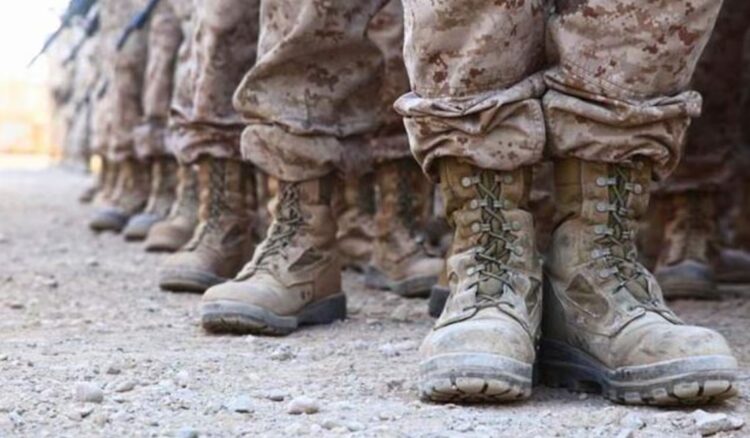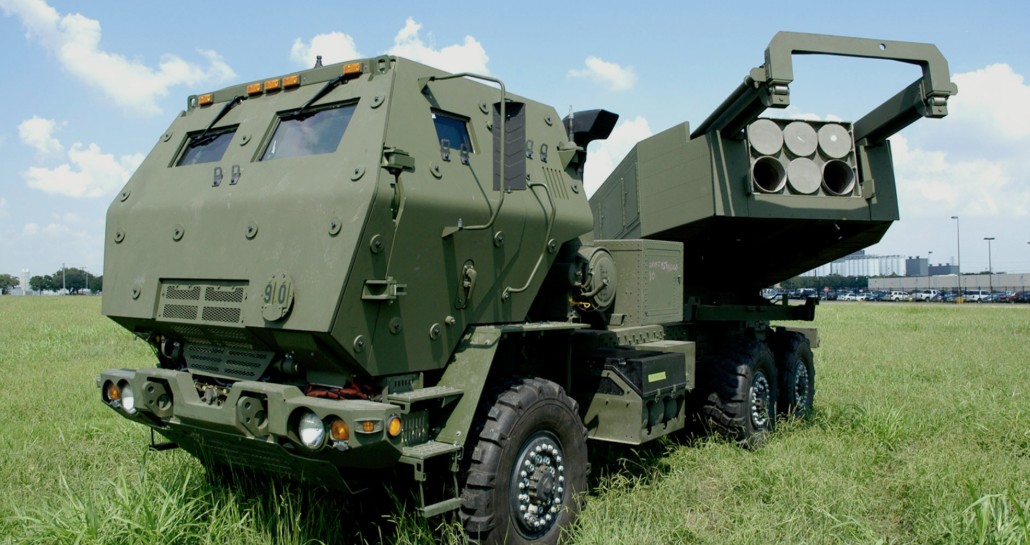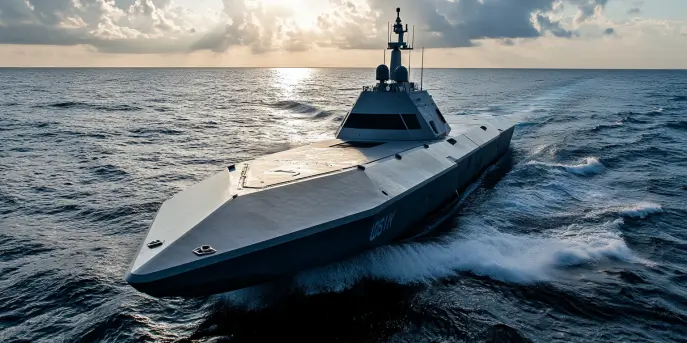The US Marine Corps Tactical Boots Standards
The United States Marine Corps (USMC) is renowned for its stringent standards when it comes to gear and equipment. Among these, tactical boots have a specific set of requirements to ensure that Marines are equipped with the best in terms of durability, comfort, and practicality. Over the years, these standards have evolved with technological advancements and operational needs. Here, we delve into the latest specifications that dictate what the USMC demands from tactical boots.
Key Features of USMC Tactical Boots
When discussing tactical boots for the USMC, certain features are imperative. These boots must provide optimal support and protection for Marines in diverse environments, from rocky terrains to wet jungles.
- Material: Tactical boots are generally made from a blend of leather and synthetic fabrics. The specific leather types often include full-grain leather known for its durability.
- Waterproofing: Modern USMC boots include waterproof linings to keep feet dry even in the wettest conditions.
- Breathability: While waterproofing is essential, breathability cannot be compromised. Today’s tactical boots feature materials that allow for airflow while preventing water ingress.
- Sole Construction: Vibram or similar high-traction soles are employed, designed for excellent grip and abrasion resistance.
Performance and Durability
The performances of these boots in combat situations are critical. They need to withstand substantial wear and tear under harsh conditions without degrading. The latest specifications hence include:
- Shock Absorption: Midsoles often consist of EVA (Ethylene-vinyl acetate) materials providing superior shock absorption.
- Midsole Support: Some designs include an internal shank for added support during extensive marches and hauling heavy loads.
Durability is a non-negotiable property, considering the boot’s life expectancy under field conditions. Recent updates see boots tested for extremes in temperature, dipping from freezing conditions to sweltering heat without compromising the boot’s integrity.
Fit and Comfort
Boots must ensure a snug fit, preventing blisters and other foot injuries common during long marches. Recent specifications prioritize:
- Adjustable Sizing: Multiple lace eyelets and speed-lacing systems for a secure fit.
- Padding: Ankle and tongue padding have been enhanced to prevent chafing and increase comfort.
Environmental Adaptability
The adaptability of these boots is paramount, with varying terrains and climates requiring versatile footwear.
- Cold Weather: Boots need to incorporate thermal linings that provide insulation without adding weight.
- Desert Operations: For desert environments, boots might opt for lighter weight designs that focus on heat dispersion.
Recent Advances in Technology
The military footwear industry has embraced cutting-edge technology, and USMC’s latest specs reflect these trends.
- 3D Print Analytics: Some boot interior designs leverage 3D printing for creating matrixes that enhance the boot’s fit and comfort.
- Antimicrobial Treatments: New materials include antimicrobial properties to combat odors and bacteria.
Specifications Table
| Feature | Specification |
|---|---|
| Material | Full-grain leather, synthetic fabric blend |
| Sole | High-traction rubber (e.g., Vibram) |
| Waterproofing | Integrated waterproof membrane |
| Insulation | Optional thermal lining |
| Lacing | Speed-lacing system |
Sourcing and Approval
All tactical boots must be sourced from approved suppliers who comply with stringent military standards. Regular audits and testing ensure the boots meet or exceed expectations in all specified categories, and adaptations are made swiftly in reaction to real-world performance feedback from Marines.
The latest updates to the USMC’s tactical boot standards highlight a focus on improving the efficiency and effectiveness of Marine operations. By understanding these specifications, one gains insight into the rigorous demands placed on military gear, ensuring that those on the front lines have the necessary tools to succeed at their missions.









